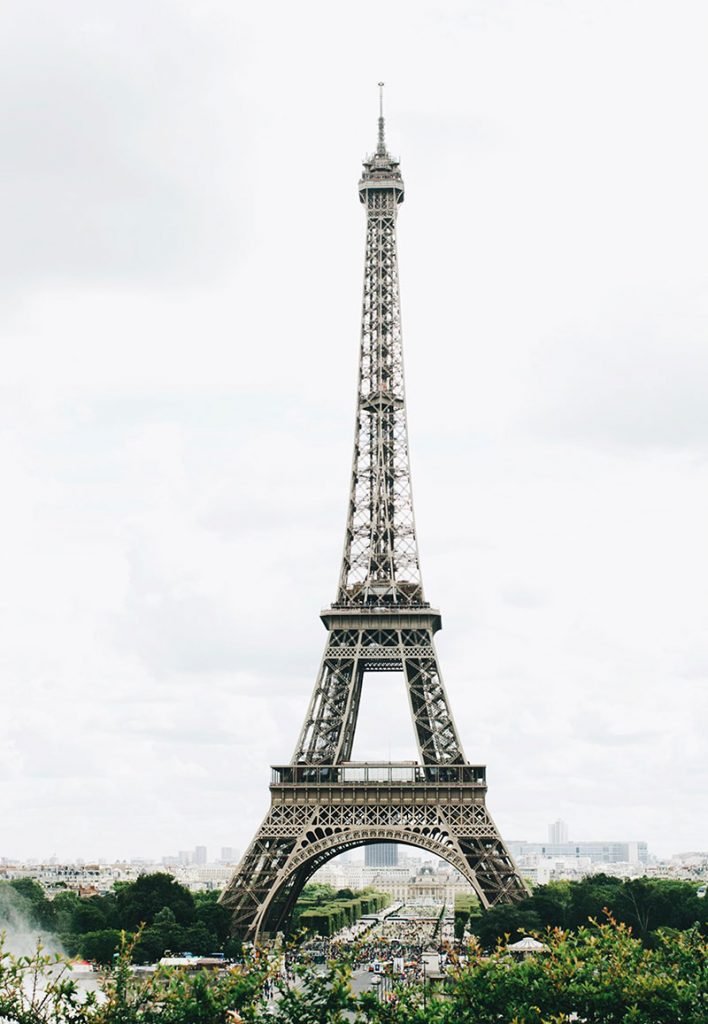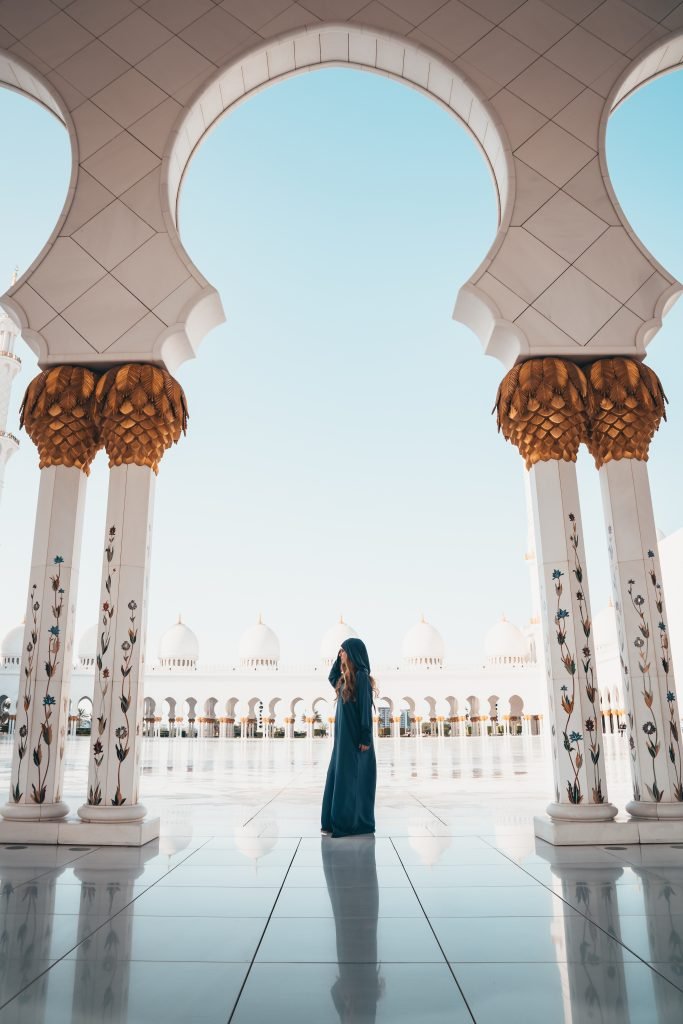The 2000 year old city of Barcelona is known for its art & architecture, history, unique museums, old churches, world famous beaches and obviously, their football team. The ancient sun- baked city, possessed with it’s highly admirable culture has something special to offer, to every single soul that visits it. Planning a trip to this dramatic city is rough with all the alternate choices of hotspots to visit. Listed below are some must see places if you are ever in Barcelona or are struggling to choose which place to visit/not to visit.
1. Basilica de la Sagrada Familia
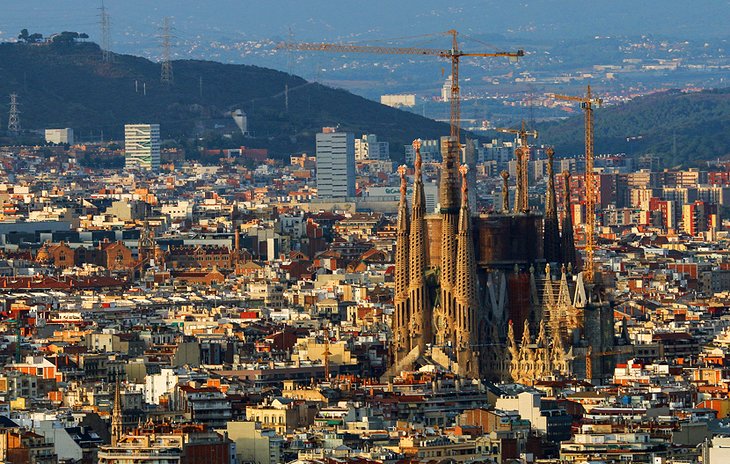
One of Europe’s most unconventional churches, this spectacular basilica is the most famous sight in Barcelona. The UNESCO-listed Basilica de la Sagrada Familia stands in the northern part of the city, dominating its surroundings with its 18 spindly towers soaring high above all other monuments. The Basilica of the Sacred Family is also known in Spanish by its official name: Temple Expiatori de la Sagrada Família.
Visitors are first struck by the lavish exterior with its expressive Nativity facade depicting the birth of Jesus, and the evocative Passion facade that illustrates the suffering, death, and resurrection of Jesus. Equally stunning, the interior is an immense space of 90 meters long by 60 meters high. The ceiling sparkles with opulent decorative details, and colorful stained-glass windows allow ethereal light to flow in. The apse features an unusual Crucifix rendered as a canopy with lanterns. The overall effect is jaw-dropping. Gaudí best captured the essence of his architectural masterpiece when he described it as “a work that is in the hands of God and the will of the people.”
Address: 401 Carrer de Mallorca, Barcelona
2. Barri Gòtic (Gothic Quarter)
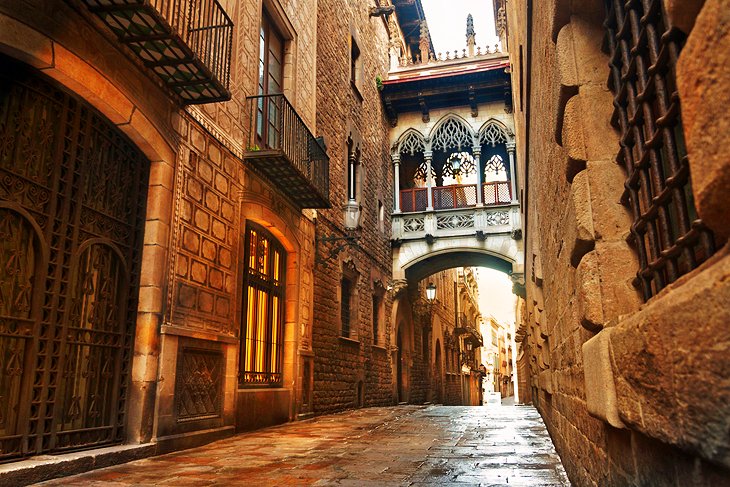
Barri Gòtic (Gothic Quarter)
For 2,000 years, the Gothic Quarter has been the spiritual and secular center of the city. Relics of ancient Roman buildings are still found here, but the Middle Ages are best represented by the historic monuments packed into this quarter. A masterpiece of Gothic architecture, the medieval cathedral stands on Monte Tabor, the highest point in the town center. The Gothic Quarter is where Christopher Columbus was received by the Catholic Monarchs after his first voyage to the New World, and since the 14th and 15th centuries, the city administrations have had their seat here.
Wander through this delightful maze of narrow cobblestone streets and atmospheric alleyways to discover this magical traffic-free medieval world. Discover picturesque quiet squares, enlivened by the sounds of people chatting and laughing or the strumming of Spanish classical guitar. Children often play a pickup game of soccer in the Gothic Quarter’s hidden corners, and little cafés with sidewalk terraces are found in its courtyards. Along with its inviting little boutiques and restaurants, look in the Gothic Quarter for the Picasso Museum and the Plaça del Rei, a square where outdoor concerts are sometimes held.
3. Casa Mila (La Pedrera)
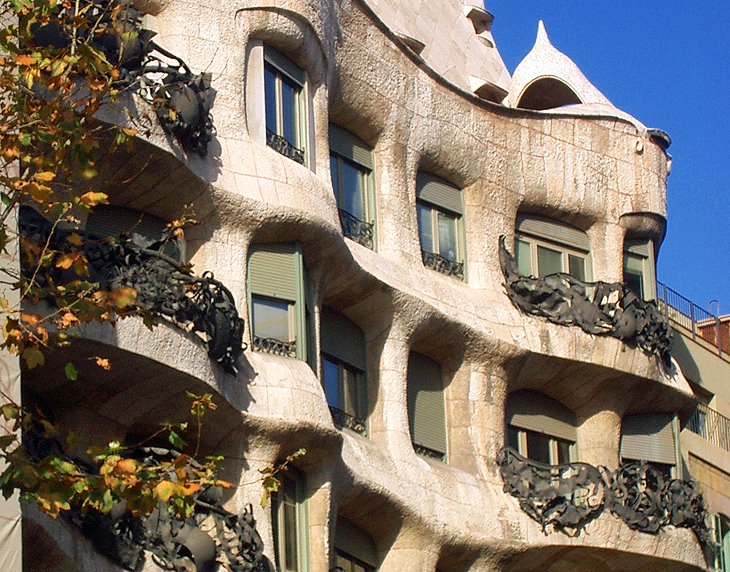
Casa Mila (La Pedrera)
In the Eixample district off the elegant boulevard of Passeig de Gràcia, the UNESCO-listed Casa Milà is Antoni Gaudí’s most famous secular building. Casa Mila is also affectionately known as “La Pedrera,” which translates to “The Stone Quarry” because the building resembles an open quarry. Built between 1906 and 1912, this flamboyant avant-garde dwelling looks more like a sculpture than a functional building. Every line of the natural stone facade is curved, with rounded windows and metal balcony railings twining around in plant-like shapes. Even the roof has an undulating shape complemented by the decorative chimneys.
The entrance to the building is on the Carrer de Provença, through a remarkable wrought-iron gate that leads to an inner courtyard. The building is supported by ribbed arches that were designed for load-bearing purposes, a feature that reveals Gaudí’s genius as a structural engineer. Visitors may walk around the roof terrace for an up-close look at the strangely shaped mosaic-adorned chimneys. The roof area also rewards visitors with sensational views across the city, with the outlook extending to the Basilica de Sagrada Família in the distance.
Address: 261-265 Carrer de Provença, Barcelona. Official site: https://www.lapedrera.com/en/home
4. La Rambla: Barcelona’s Social Hub
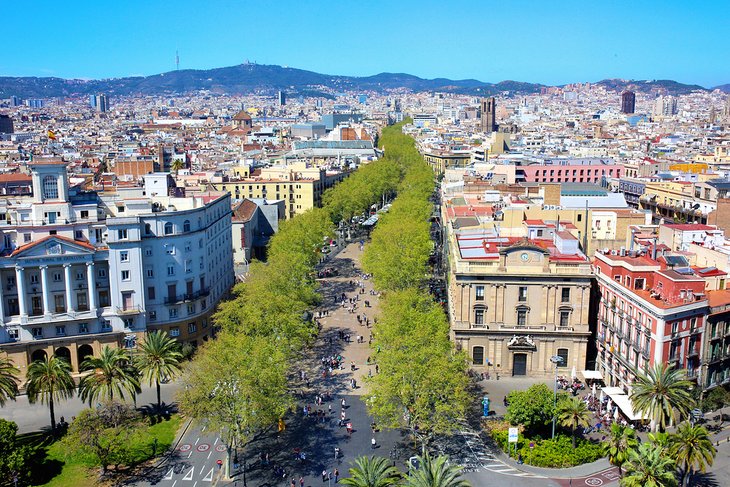
La Rambla: Barcelona’s Social Hub | Ronny Siegel / photo modified
The heart of Barcelona’s social life is found on La Rambla, a broad, tree-shaded avenue that divides the Old Town into two parts. La Rambla stretches from the Plaça de Catalunya, where the beautiful Romanesque 12th-century Convent of Santa Anna stands, all the way down to the port. This wide street, featuring expansive pedestrian sidewalks, is lined with shops, restaurants, and outdoor cafés, making it one of the most popular hangouts in the city.
During the day, many locals are found here doing their everyday shopping at the Mercat de la Boqueria and at night, groups of friends and families take their evening paseo (stroll) on La Rambla to enjoy the fresh air and lively ambience Depending on the day, onlookers might be treated to live music, a mime show, or other impromptu street performances.
5. Palau de la Música Catalana (Palace of Catalan Music)
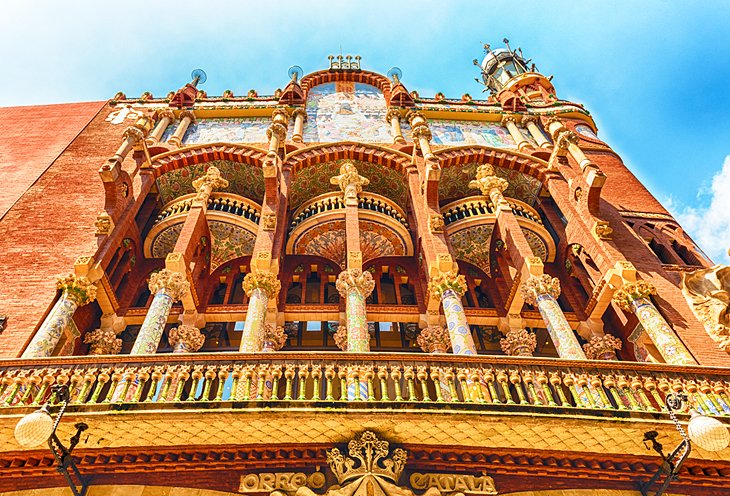
Built between 1905 and 1908 as a concert hall for the choral society Orfeó Català, The Palau de la Música Catalana was designed by the architect Lluís Domènech i Montaner, in the Catalan Modernista style. But although the building is characterized by the style’s curving lines and colorful palette, unlike Gaudi’s works, this design puts function ahead of form. Although the interior décor is just as colorful and fanciful as the outside, its shape and decoration are dedicated to choral and other musical performances.
The concert hall of the Palau, which seats about 2,200 people, is the only auditorium in Europe illuminated during daylight hours entirely by natural light. The walls on two sides consist primarily of stained-glass panes set in magnificent arches, and overhead is an enormous skylight of stained glass designed by Antoni Rigalt whose centerpiece is an inverted dome in shades of gold surrounded by blue that suggests the sun and the sky. Elaborate sculptures frame the concert stage.
Address: Calle Palau de la Música 4-6, Barcelona
6. BARCELONETA
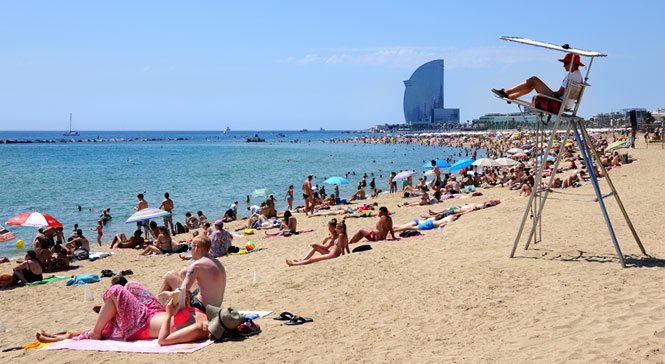
Barceloneta | https://www.barcelonaturisme.com/wv3/en/
The most popular beach in Barcelona is located on the coast of the familiar neighborhood of ‘La Barceloneta’, just a few hundred metres away from Las Rambla and the Gothic Quarter. . Barceloneta is the go to beach for hundreds
of tourists and is surrounded by people day in and day out! The easy access to saucy seafood restaurants, local bars, outdoor games, bright ocean-front cafes which are a little on the pricey end, makes it a pretty busy place.
A reasonably tranquil alternative is Nova Icaria Beach, where you can sip on a glass of Sangría, laying on the golden bed of sand , under the moonlit sky. The prime time to visit the beaches is during the balmy summer season
between the months of April and mid September when the sun is out and shining, and the weather is serene. Best time to get that dusty tan!
7. LAS RAMBLAS

Las Ramblas | https://www.barcelonaturisme.com/wv3/en/
The Ramblas boulevard, also popularly known as The Las Ramblas is one of the many things that come to mind when ‘Barcelona’ is brought up. The 1.2 km long street is located in the centre of the old city, dividing it into
two; The Raval on the left and The Gothic Quarter to the right. Take a stroll down Las Ramblas, while looking at the various options of food markets, shops that sell possibly anything that you might not find anywhere else, performers dressed up in vivid clothes, colorful clowns, ballerinas and flamenco dancers, musicians, street artists who would love to sketch you!
The safest time to visit Las Ramblas is during the (early) morning hours when the streets aren’t crowded by the tourists. Avoid visiting the Ramblas during the late hours because the southern part of the Boulevard gets into some
pretty sketchy business and you’d definitely not want to get robbed.
References:







